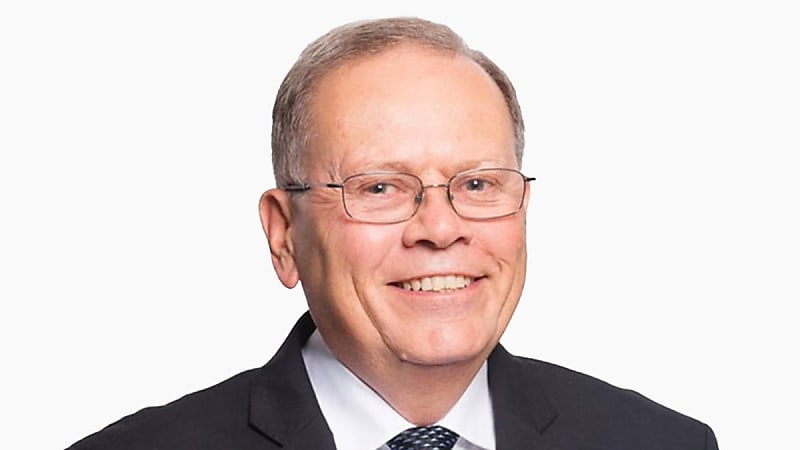Asset sales may be required to ensure recontribution strategy compliance
Withdrawals and contributions can effectively implement a recontribution strategy if an asset sale is impractical, an SMSF specialist has said.
David Busoli, principal of SMSF Alliance, said that when using a recontribution strategy, the withdrawal and subsequent contribution must be cash flowed, meaning asset sales may be required.
“If so, it will generally be more tax efficient for the member/s to be in pension phase to reduce, or remove, the impact of CGT,” Busoli said.
“In some circumstances, it may be advantageous for the cash withdrawal to be replaced by a contribution in-specie.”
A series of withdrawals and contributions can be effective, he said, thereby reusing the cash account balance if an asset sale is impractical.
Busoli said recontribution is a well-established method to reduce a member’s taxable component that will subsequently reduce the tax payable by non-tax dependants on the member’s death.
“It can also be useful in equalising member balances between spouses. A successful recontribution strategy can often result in a member having two pension accounts and possibly a residual accumulation account.”
“Going forward, the member would make any withdrawals, in excess of the minimum pension requirement, from the accumulation account then once used up from the pension account with the least favourable tax components.”
This essentially involves making a generally tax-free withdrawal and recontributing it as a non-concessional contribution.
“Alternatively, as an equalisation measure, it may be contributed for the member’s spouse. Either way, the overall balance in superannuation remains the same but the tax-free component is increased,” he added.
However, Busoli warned that a number of mandatory requirements must be considered before this strategy can be used.
“The member’s account must be unrestricted and non-preserved for the withdrawal so the member will generally be 60 and retired or over 65.”
“The receiving member must be eligible to receive the contribution. This will require careful consideration of age and total super balance implications.”
To maximise the strategy, the non-concessional contribution should be separated from any account containing a taxable component.
“This is not possible if the receiving member is not eligible to commence a pension as the contribution will be made into an existing accumulation account thus diluting the tax-free portion.”
“If the member can commence a pension then they should convert as much of their member account to pension as possible before making the contribution. This is because a pension is a discrete superannuation interest so, when the contribution is made to their accumulation account, there will be little or no tax-free component dilution.”
A new pension would usually then be commenced from the accumulation account, but this may require a partial commutation of an existing pension subject to transfer balance cap requirements.
“A transition to retirement pension can also be useful for quarantining superannuation interests though the 10 per cent withdrawal limit would often make it more useful where the contribution is being made to a spouse with a TRIS or for maximising the tax-free component when a member is simply making a voluntary contribution,” Busoli said.
“There are circumstances where a variation on the recontribution strategy, but with the same objective, can be useful. Such an opportunity can arise with downsizer contributions.”
Busoli said it is important to be aware that the contribution strategy will use the member’s non-concessional contribution capability which might be better used to introduce additional money to their account.
“The strategy, insofar as it is used to maximise the tax-free portion of the member’s account, does not give the member any benefit. Those who will benefit are the member’s non-dependant children, or the member’s estate generally, on the member's death.”








